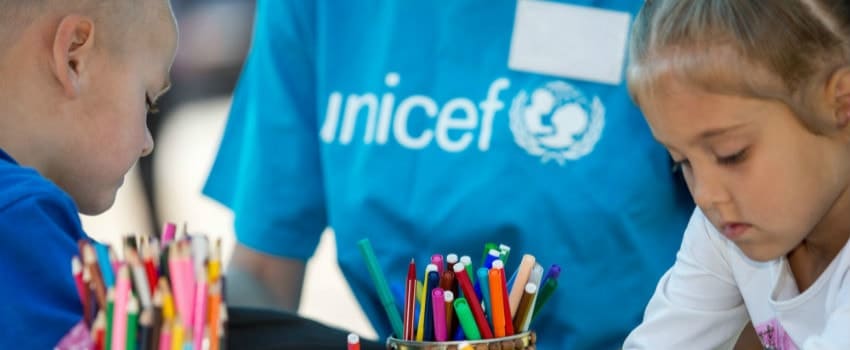
According to the United Nations children’s agency, every hour, as many as eighteen children became infected with the HIV last year suggesting that very little progress has be been made protecting children from the AIDS causing virus. If infection rates continue at the current rate, by the time we reach 2030, there will be as many as 3.5 million new cases of HIV amongst teens UNICEF projects. The agency estimates that there are approximately 37 million people around the world living with the HIV virus last year, equal to the entire population of Canada.
Thousands of children are dying every year
2.1 million adolescents have HIV which represents a 30 per cent rise from 2005. 55,000 adolescents aged between 10 to 19 died from the disease and as many as 120,000 children aged under 14 also died from AIDS related causes. Children aged under 4 that have been infected with the virus face the greatest risk of an AIDS related death. Dr Chewe Luo UNICEF’s chief of HIV says the AIDS epidemic is far from over and continues to be a threat to the lived of young people and children.
Unacceptable such little progress has been made
Dr Luo says it is not acceptable that so many children die from HIV and such little progress has been made to prevent new HIV infections from occurring in adolescents. UNICEF says the vast majority of adolescent deaths occurred in sub-Saharan Africa and around the world, more girls were infected than boys. The testing and treatment of babies is also woefully inadequate with less than half of all infants exposed to HIV receiving a test in the first couple of months of their lives.
Mother to child transmission is falling
UNICEF says there is some room for optimism because there has been progress made in preventing the HIV virus from being transmitted from mother to child. The agency estimates that roughly 2 million infections have been avoided since the turn of the century, however it did warn that progress has begun to slow. UNICEF says a variety of measures must be taken including making sure all infected children receive treatment. Adolescent girls in sub-Saharan Africa that have been infected must receive treatment as a priority and there must be more HIV self-testing.





